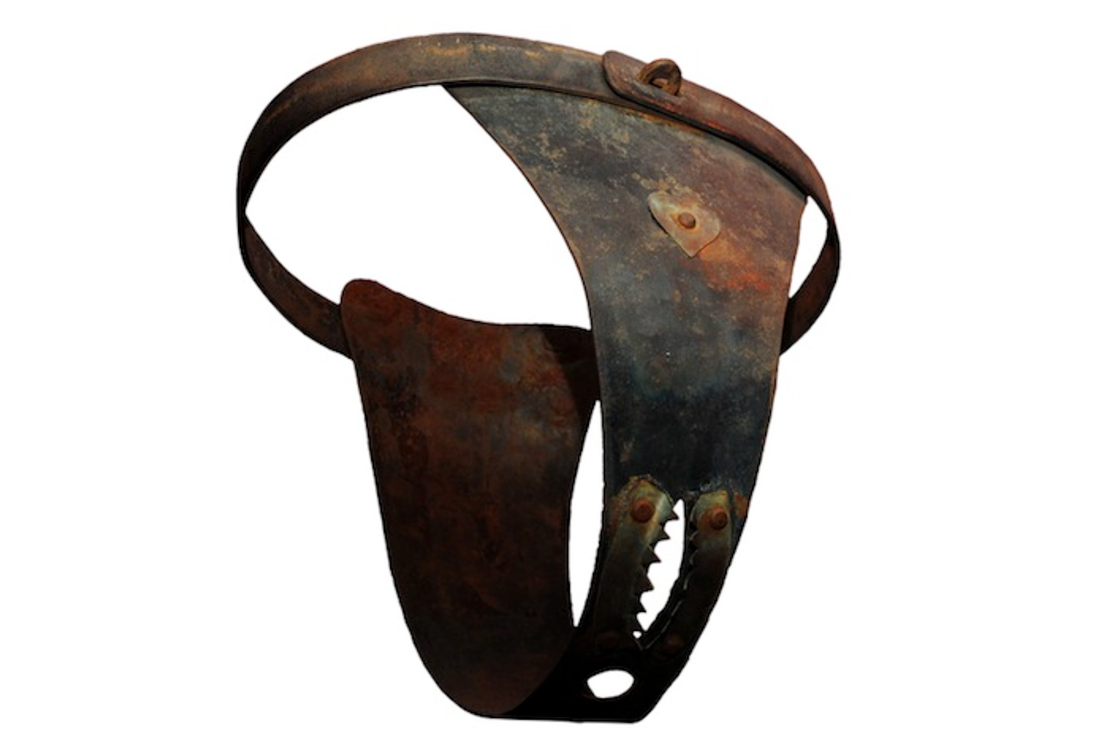Power, Control, and Desire: The Cultural Significance of Chastity Belts and Modern Chastity Cages
Throughout history, human sexuality has been shaped by tools of control, expressions of power, and cultural definitions of morality. One of the most enduring and provocative symbols of this complex interplay is the chastity device. From medieval metal belts to today’s high-tech, ergonomically designed chastity cages, these devices represent more than just physical restraint—they reflect deeper societal dynamics around fidelity, ownership, desire, and dominance.
Historical Context: Chastity Belts and Moral Control
The earliest records of chastity belts date back to medieval Europe, though much of their history is enshrouded in myth and speculation. Often thought to be a tool used by husbands to “protect” their wives from infidelity during long absences—such as during the Crusades—the reality is more nuanced.
In many cases, chastity belts were not widely used as practical instruments, but rather served symbolic and moral purposes. They reflected a cultural obsession with purity, female virtue, and the control of women’s sexuality. These belts, often constructed from iron or steel, were uncomfortable, heavy, and impractical for long-term use, indicating that their presence may have been more theatrical than functional.
However, these devices also reveal much about patriarchal power structures of the time—where women were often treated as property, and sexual behavior was tightly regulated under religious and societal law.
Chastity for Men: The Origins of Male Restraint
While female chastity belts dominate historical imagination, there is evidence that chastity devices for men also existed. Designed not only to prevent intercourse but also to restrict masturbation—considered sinful in many religious doctrines—male chastity devices were part of broader efforts to regulate desire.
These early male devices were crude and uncomfortable, typically involving rigid metal constructions that encased the genitals. Their use, again, was less about everyday functionality and more about ritualistic control and symbolic dominance over the self or another.
From Control to Consent: The Rise of BDSM and Chastity Play
Fast forward to the present, and chastity devices have undergone a dramatic transformation. No longer relics of enforced morality or public shame, modern chastity cages have found a new role within consensual BDSM relationships. Here, control is not imposed but invited.
In the world of Dominance and submission (D/s), chastity cages are powerful tools of erotic denial and psychological play. Typically worn by submissive partners (often referred to as “chastity slaves”), these devices are used to reinforce control dynamics, enhance anticipation, and symbolize complete surrender to a dominant partner (the “keyholder”).
Modern Chastity Cages: Materials, Design, and Function
Today’s chastity cages are worlds apart from their medieval predecessors. Constructed from lightweight plastics, medical-grade silicone, or polished stainless steel, these devices are designed with comfort, hygiene, and long-term wearability in mind.
Key features include:
- Ventilation holes to maintain hygiene
- Secure locking mechanisms (often integrated with hidden padlocks or even Bluetooth connectivity)
- Custom-fit options with multiple ring sizes and tube lengths
- Ergonomic shaping to reduce chafing and allow for discreet daily wear
The focus is not on punishment but on erotic power exchange and the deep psychological tension that comes from enforced celibacy and control.
Psychological Impact: Desire Through Denial
At the heart of chastity play is the concept of delayed gratification. The more the wearer is denied, the more intense the craving becomes. This creates a feedback loop of obedience, yearning, and submission.
For many, wearing a chastity cage becomes a form of devotion—a constant reminder of who holds the key, both literally and metaphorically. The keyholder’s control extends into the intimate and psychological life of the submissive, reshaping their relationship with pleasure and surrender.
It’s not just about sex—it’s about control, attention, vulnerability, and power.
Feminization, Tease and Denial, and Other Practices
Chastity cages are often paired with other elements of BDSM:
- Feminization play, where male submissives are “sissified” and emasculated
- Tease and denial, where arousal is encouraged without release
- Humiliation kinks, involving public chastity or verbal degradation
- Orgasm control, where release is scheduled, earned, or permanently denied
Each of these builds on the core principle of chastity: that power is arousing, and surrender is intoxicating.
Cultural Reclamation: From Oppression to Empowerment
What once was a symbol of patriarchal oppression is now being reclaimed as a badge of empowerment within the kink community. Modern users—regardless of gender or orientation—choose chastity play as an expression of trust, intimacy, and shared fantasy.
It’s this consensuality that marks the biggest shift from historical usage. Where once chastity was about enforcing behavior, now it’s about exploring it—with curiosity, consent, and care.
Conclusion: The Key to Control
From the iron belts of medieval Europe to the 3D-printed plastic cages of today, chastity devices continue to evolve—but their core symbolism remains: the intersection of power, control, and desire.
Modern chastity cages aren’t just about sex. They’re about psychological depth, emotional intensity, and the erotic charge of surrender. They offer a path into deeper connection, heightened anticipation, and the thrill of denied pleasure.
And in the end, whether locked in or holding the key, it’s the power of control—given, not taken—that makes chastity an enduring and evolving symbol of human sexuality.

